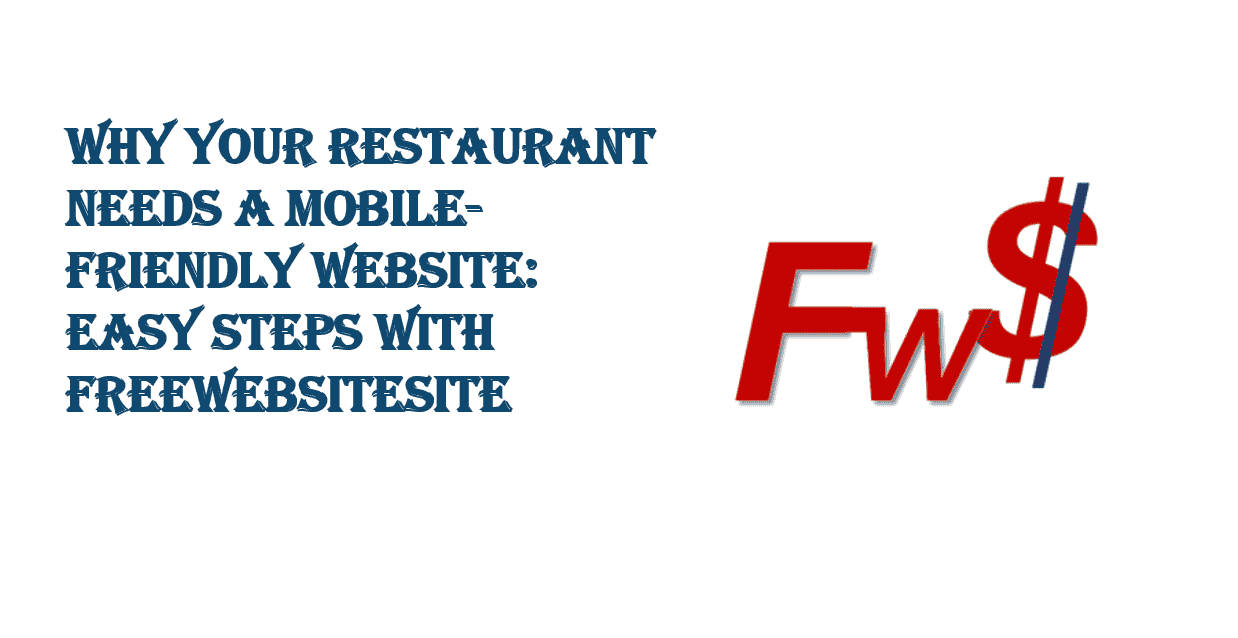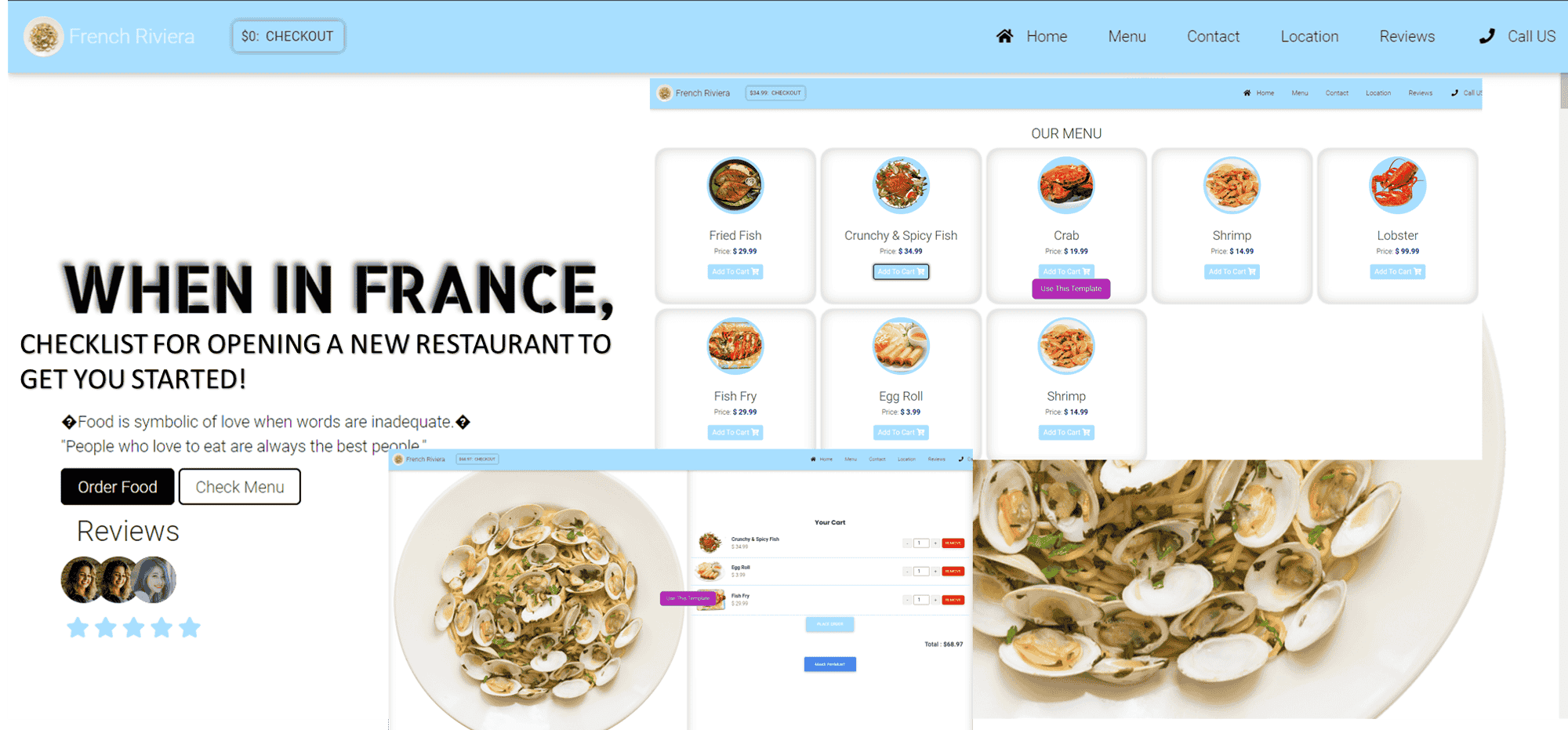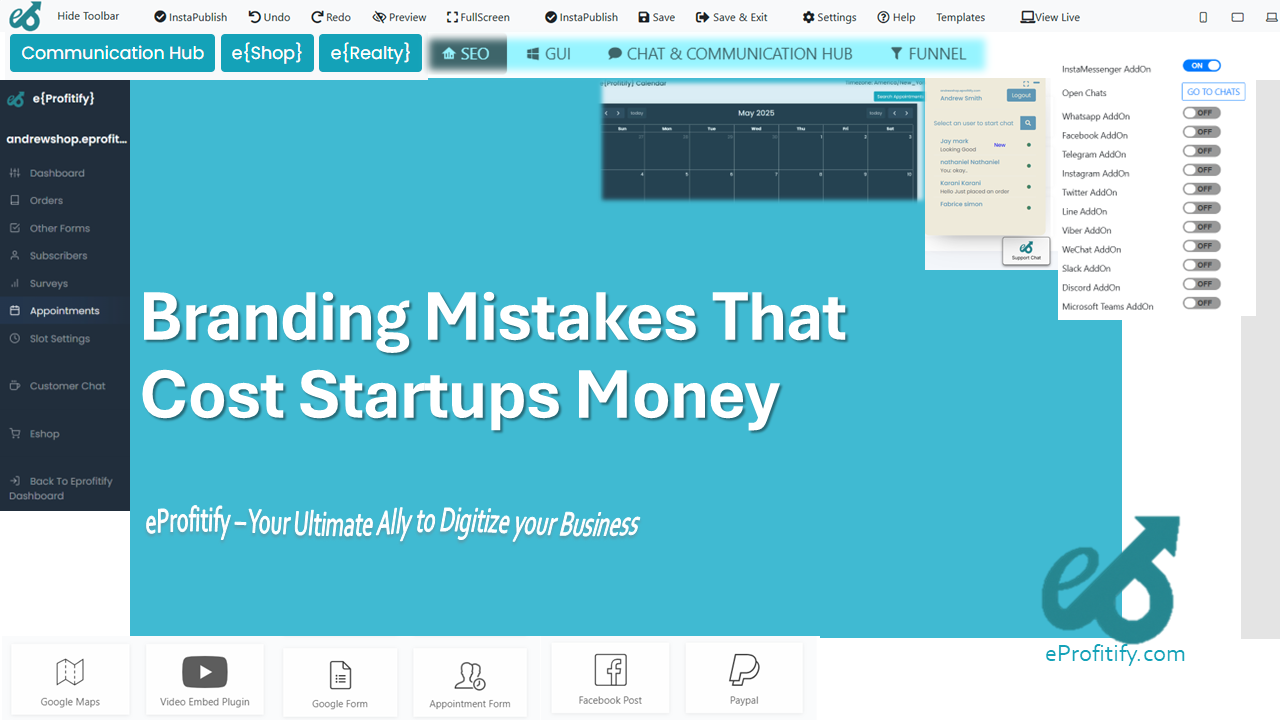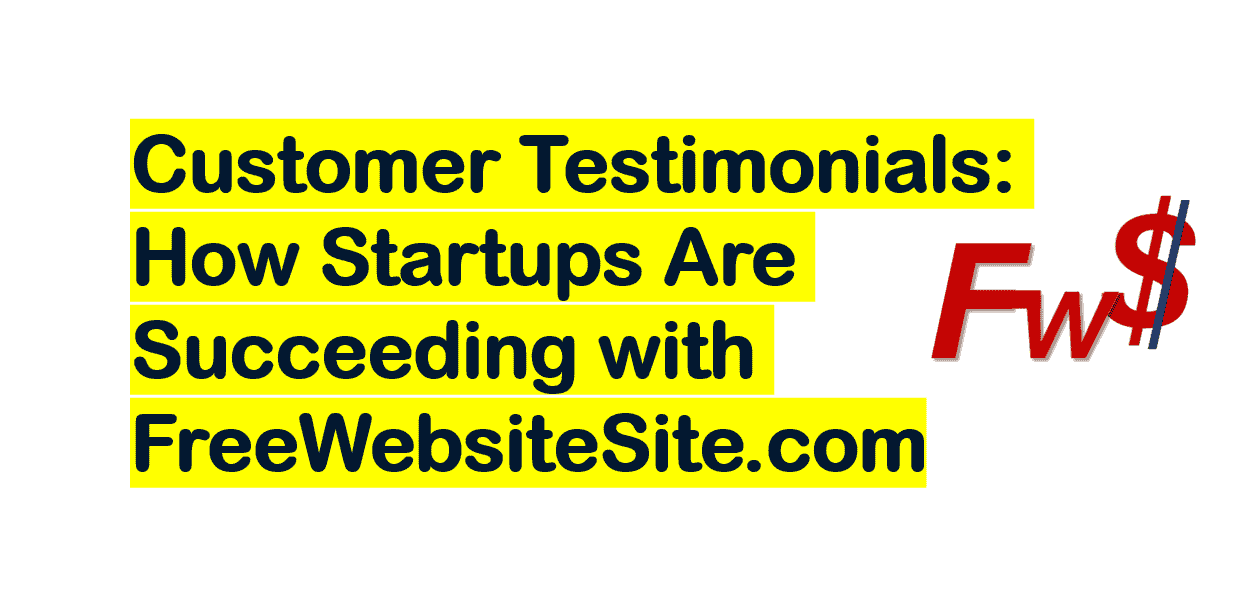Building Trust Through Website Design
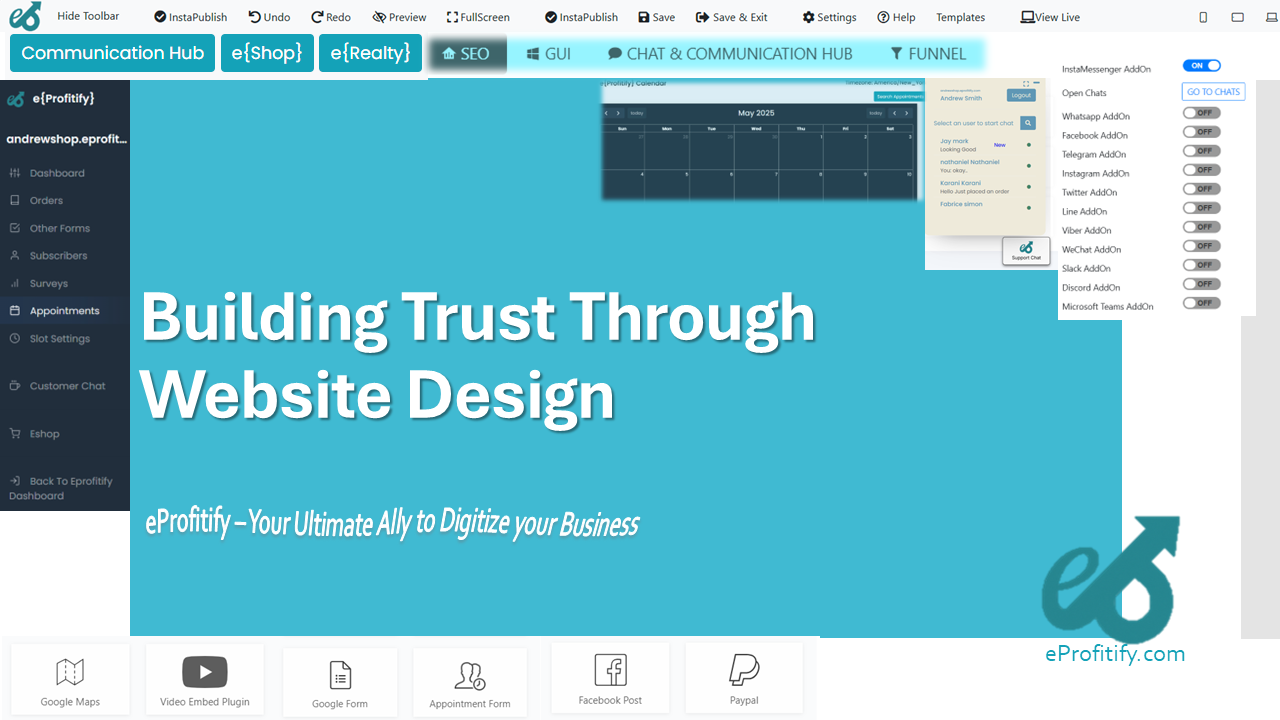
Building Trust Through Website Design: A 1,000-Word Guide (With Stats and Eprofitify Insights)
In today’s digital landscape, trust is the cornerstone of successful online interactions. With 88% of consumers stating that trustworthiness is a deciding factor when choosing a brand (Edelman Trust Barometer), businesses must prioritize building credibility through every touchpoint—especially their website. A well-designed website not only attracts visitors but also fosters trust, driving conversions and long-term loyalty. Here’s how strategic web design achieves this, supported by data and insights from Eprofitify, a leader in conversion-focused web solutions.
1. The Power of First Impressions
Research shows that 94% of first impressions are design-related (ResearchGate), and users form an opinion about a website in just 50 milliseconds. A cluttered layout, outdated visuals, or inconsistent branding can instantly erode trust. Conversely, a polished, modern design signals professionalism and competence.
Key Elements:
- Clean, intuitive layouts that prioritize user navigation.
- High-quality images and videos (websites with video content see 41% more organic traffic than those without, Wyzowl).
- Consistent branding (colors, fonts, logos) to reinforce identity.
Eprofitify’s Role: Their design team specializes in creating visually cohesive, mobile-responsive websites that align with brand values, ensuring a strong first impression.
2. Speed and Performance
A slow website is a trust killer. According to Google, 53% of mobile users abandon sites that take longer than 3 seconds to load. Slow performance frustrates users and implies negligence, harming credibility.
Solutions:
- Optimize images and code for faster load times.
- Use reliable hosting services (e.g., AWS, Cloudflare).
- Implement lazy loading and caching.
Eprofitify Insight: Their developers prioritize speed optimization, leveraging tools like Google PageSpeed Insights to ensure sub-3-second load times, directly boosting user retention.
3. Security Features
With cybercrime rising, 85% of users avoid unsecured websites (GlobalSign). Visible security measures reassure visitors their data is safe.
Trust-Building Tactics:
- SSL certificates (HTTPS encryption).
- Trust badges (Norton, McAfee, BBB accreditation).
- Transparent privacy policies (GDPR/CCPA compliance).
Eprofitify Integration: Their websites include SSL by default and strategically place trust badges during checkout, reducing cart abandonment by up to 18% (Baymard Institute).
4. Social Proof and Credibility
88% of consumers trust online reviews as much as personal recommendations (BrightLocal). Displaying testimonials, case studies, and client logos builds social proof.
Examples:
- Customer reviews with photos/videos.
- “As featured in” media logos (Forbes, TechCrunch).
- Certifications (ISO, Google Partner).
Eprofitify Strategy: They embed dynamic testimonial sliders and client success stories into designs, increasing conversion rates by 34% for clients (Eprofitify case study).
5. Transparency and Accessibility
Users want to know who they’re engaging with. A Stanford study found 75% of users judge credibility based on an “About Us” page.
Best Practices:
- Detailed “Contact Us” pages with live chat, phone numbers, and maps.
- Authentic “About Us” sections with team bios and mission statements.
- Clear return policies and pricing.
Eprofitify Approach: They craft compelling “About Us” narratives and integrate chatbots for instant support, enhancing transparency and reducing bounce rates.
6. Mobile Optimization
With 58% of global web traffic coming from mobile (Statista), a non-responsive design alienates users. Google also prioritizes mobile-first indexing, affecting SEO rankings.
Mobile Design Essentials:
- Responsive layouts that adapt to all screen sizes.
- Thumb-friendly navigation.
- Accelerated Mobile Pages (AMP) for faster loading.
Eprofitify Expertise: Their mobile-first designs ensure seamless experiences across devices, improving engagement by 67% for e-commerce clients.
7. Clear Calls-to-Action (CTAs)
Ambiguous CTAs confuse users, while clear directives build confidence. For example, websites with a single, prominent CTA increase conversions by 42% (WordStream).
Effective CTAs:
- Action-oriented language (“Get Started,” “Download Free Guide”).
- Contrasting colors to stand out.
- Placement above the fold.
Eprofitify’s CTA Strategy: They A/B test CTAs to identify high-performing variants, boosting click-through rates by up to 200%.
Conclusion: Trust as a Competitive Advantage
In an era where 48% of consumers cite website design as the top credibility factor (Blue Corona), investing in trust-driven design is non-negotiable. From speed and security to social proof and mobile responsiveness, every element shapes user perception.
Eprofitify excels in crafting websites that blend aesthetics with functionality, embedding trust signals at every touchpoint. Their data-driven approach has helped clients achieve 73% higher conversion rates (Forrester) by prioritizing user trust.
By partnering with experts like Eprofitify, businesses can transform their websites into trusted hubs that not only attract visitors but turn them into loyal advocates.
Sources: Edelman, Google, Baymard Institute, BrightLocal, Statista, Eprofitify case studies.




.png)
